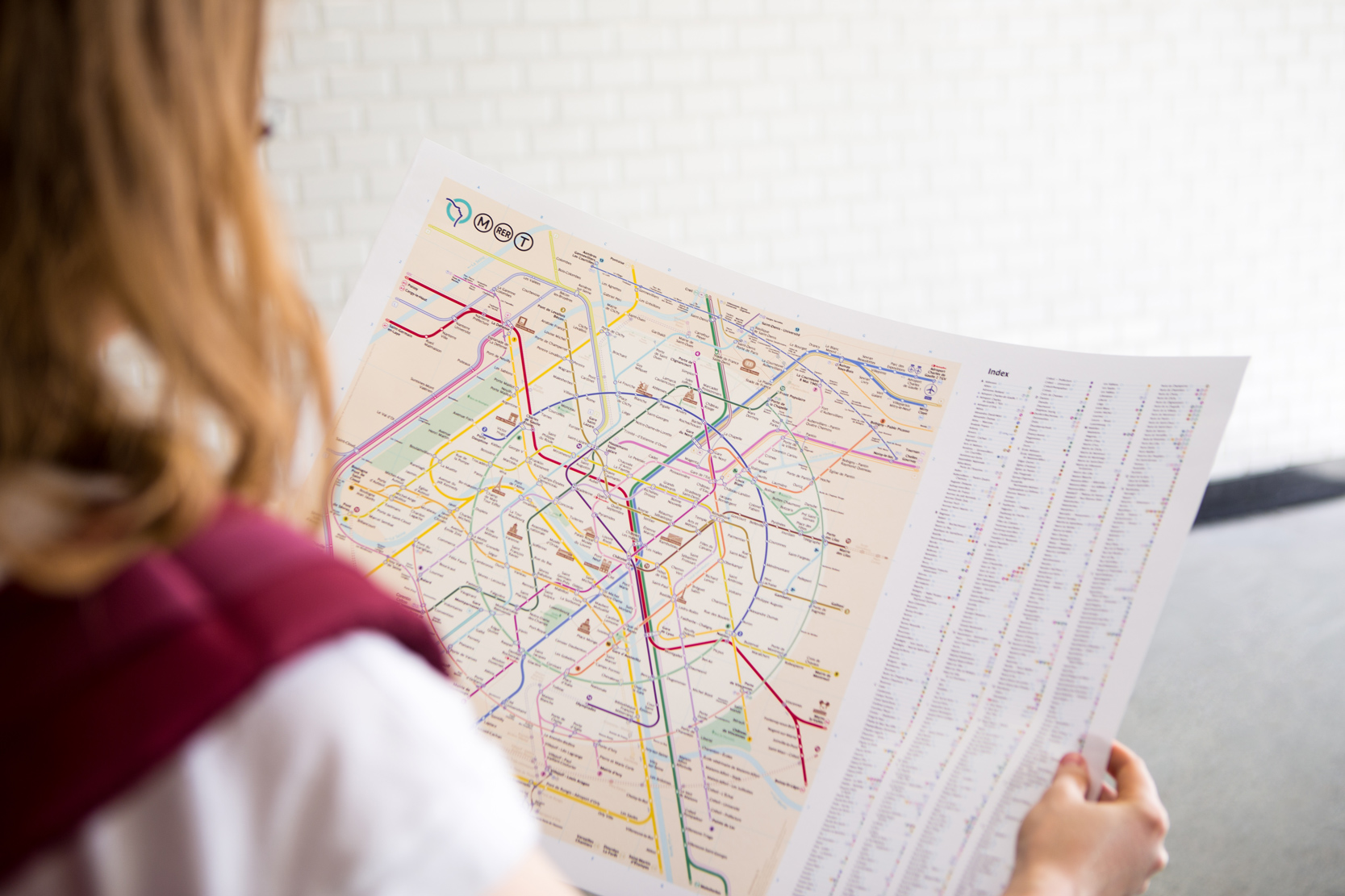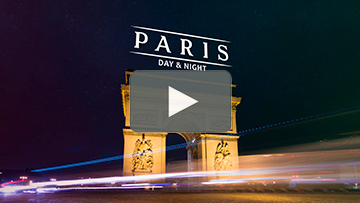The New Paris Metro Map

We looked at Paris from a different perspective and it inspired us to create this fundamentally new map of Paris metro system, regional trains, and trams. Every line and all the elements of the map have been rethought and brought to a new visual form to enable fast and easy route finding.






